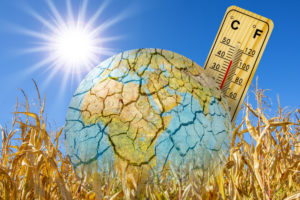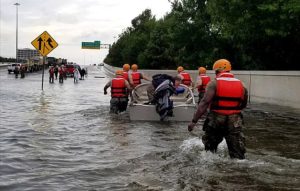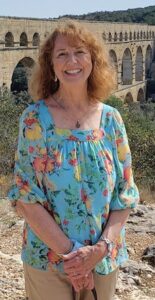
Greensburg, Kansas provides a perfect example of how a town sheared down to the very ground it was built on has become a model of sustainability, not just for the U.S., but for the entire world.
At 9:45 pm on May 4, 2007, an EF5 tornado whipped through rural Greensburg, essentially destroying the entire town. (Photo at right from the GreensburgGreentown.org website; see more amazing photos on the blog of professional photographer Galen Buller.)
Within days, the community decided to rebuild their homes and businesses sustainably. Yes, they wanted to get their lives back on track. But they also wanted to create a “model green town” for the future. They formed a non-profit organization called Greensburg GreenTown, with an ambitious and inspiring vision (taken directly from their website, GreensburgGreentown.org):
Vision
Greensburg GreenTown exists to:
- Make it easier for residents to ascribe to and adhere to green practices, and to make green living appealing to people.
- Engage as many residents as possible in the enthusiastic pursuit of making Greensburg a model green community.
- Establish incentives in order to maximize the participation of businesses and residents in rebuilding Greensburg as a model green community.
- Bring in resources and support from around the country to make the dreams of Greensburg as a model green community a reality.
- Make it easier for builders, building supply companies, and local businesses to do business as green as possible.
- Work to spur economic development with a green emphasis.
- Serve the residents in an unbiased consumer advocate capacity, striving to get them the best value for their money as they rebuild their homes and businesses.
The impact that vision had on rebuilding led to substantial environmental gains for the community. When homes were rebuilt, they included:
* 400 dual-flush, low-flow toilets and dozens of water-saving sinks, estimated to now be saving up to 2,500,000 gallons of water per year over the pre-storm toilets
* 260 low-flow showerheads, saving the average family of three up to 2,700 gallons of water per year
* 300 sets of microfiber kitchen and bath cloths, saving every family that uses them money they might otherwise spend on paper towels (TADGreen, which donated the cloths, estimates that if each household in the U.S. replaced one roll of paper towels with an E-cloth, we could save 544,000 trees annually).
Residents also received instructions on how to use non-toxic products to clean their homes; reusable shopping bags to minimize use of disposable plastic bags; and subscriptions to Mother Earth News for regular information on topics like organic gardening and solar energy systems.
Meanwhile, a reclaimed lumber project was launched. Instead of dumping fallen trees in a landfill, the wood was salvaged so it could be used for furniture and trim. And thanks to energy efficiency improvements made when homes were rebuilt, the average Greensburg home now uses 41% less energy than a standard code home.

Greensburg still has work to do to completely realize the inspiring vision it laid out when it created its Greentown idea. But it won’t be alone. According to the non-profit Worldwatch Institute, in 2012, there were 905 natural catastrophes worldwide, 93 percent of which were related to tornados, hurricanes, floods, drought and other natural disasters. Here in the U.S. Hurricane Sandy and the devastation it caused in New York and New Jersey received much of the publicity, but the drought in the Midwest and floods in many other parts of the country have also left a wake of destruction that needs to be cleaned up and reclaimed.

All of these communities can learn from Greensburg, and they should. While it can be hard for a home owner, local government, or business to feel they can afford to make sustainability upgrades to their existing homes and buildings, it only makes sense to do so when they’re rebuilding from scratch.
It also makes sense to do so as more and more scientific research links severe weather events to climate change. “Climate change” describes the alterations to climate and weather patterns that are occurring due to the build-up of carbon dioxide (CO2) and other gases in the atmosphere. CO2 comes from burning fossil fuels, such as coal, oil, and natural gas. The only way to reduce CO2 build-up is to cut back on our use of fossil fuels. Greensburg, Kansas is showing us how to do that. Tornadoes, hurricanes and other extreme weather events are showing us that we must.
RELATED POSTS:
Top Ten Reasons to Take Climate Change Seriously
Climate Change Affects Our Health, Our Homes, Our Families and Our Future


















1 thought on “Rebuild Sustainably After Natural Disasters Strike”
Of course, no one can favor the natural disasters but yes, you are right that natural disasters helps us with an opportunity to rebuild better structures. The study of managerial economics (ECO 550 ) helps us learn about how sustainable economy plays it’s role.
Comments are closed.